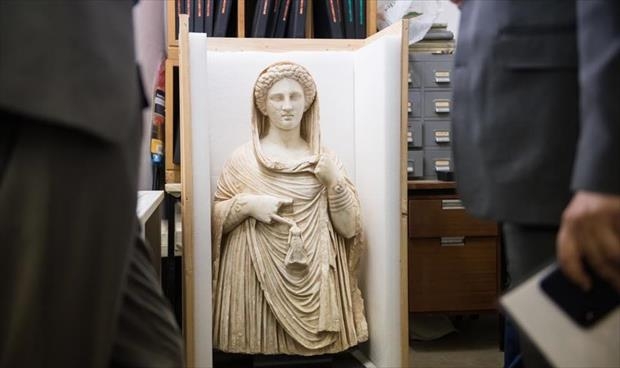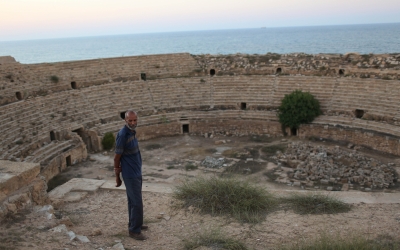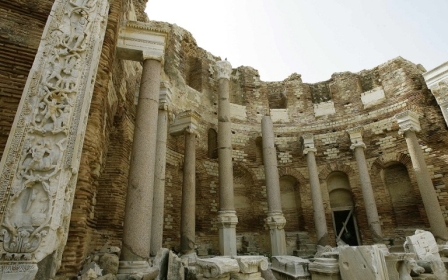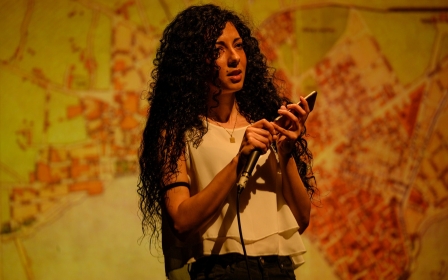British Museum set to return ancient Greek statue looted from Libya

London’s British Museum is set to return a looted ancient Greek statue of the goddess Persephone to Libya which is estimated to be worth £1.5m.
According to Al-Wasat newspaper, Mohammed al-Kouni, the Libyan charge d’affaires, visited the British Museum along with his delegation on Thursday to see the artefact and make arrangements for its return.
Libya's cultural heritage has been under threat from looting in the turbulent years that have followed the 2011 uprising against longtime autocrat Muammar Gaddafi.
The ancient Greek statue currently in the British Museum's possession was taken from a world heritage site in Shahhat in 2012.
The piece was illegally excavated from a grave in the ruins of Cyrene, an important Hellenic city located in the north of what is now Libya, and then subsequently smuggled into the United Kingdom.
New MEE newsletter: Jerusalem Dispatch
Sign up to get the latest insights and analysis on Israel-Palestine, alongside Turkey Unpacked and other MEE newsletters
The four-foot marble relic is of a hooded woman believed to be a representation of the queen of the underworld, Persephone.
The statue dates from the third or fourth century BC, and Dr Peter Higgs, a curator of Greek sculpture at the British Museum, described it as “one of the best examples of its type and … extremely rare”.
A 2015 ruling by Judge John Zani ruled that the statue, which was in the possession of Jordanian national Riad al-Qassas, had been “misdeclared” on arrival to the UK as border officials believed it was worth £72,000 and originally Turkish.
The artefact was discovered in a west London warehouse by customs officials, before being handed to the British Museum as the court ruled on its ownership.
Qassas was ordered to pay £50,000 costs in the 2015 ruling. Meanwhile, a claim from Emirati businessman Hassan Fazeli that the statue had been in his family since 1977 was waved away.
The return is part of a drive by the Libyan Antiquities Authority to repatriate stolen goods, a process that can take many years to see fruition.
There are currently five UNESCO world heritage sites in Libya that are classified by the United Nations as endangered: Ghadames, Cyrene, Tadrart Acacus, Leptis Magna and Sabratha.
Though the North African country boasts several archaelological sites and centuries of cultural history, some regions of Libya have not yet archived or documented many of their excavated artefacts.
This has left it difficult to assess how many ancient artefacts have been looted since 2011, though it is estimated that some 8,000 ancient coins and small artefacts have been lost.
In early October, the United States returned a Libyan statue known as the “Head of a Veiled Woman” following an 11-year investigation.
Middle East Eye delivers independent and unrivalled coverage and analysis of the Middle East, North Africa and beyond. To learn more about republishing this content and the associated fees, please fill out this form. More about MEE can be found here.





